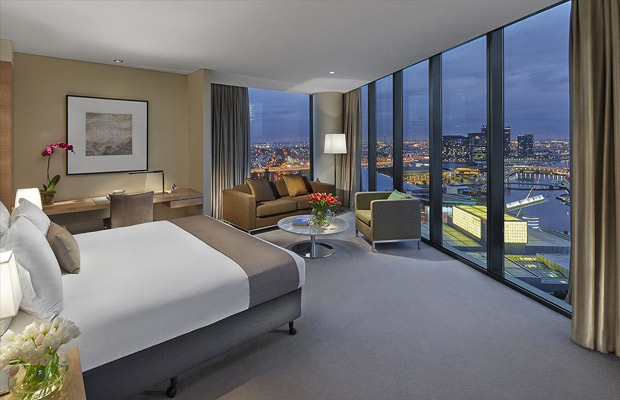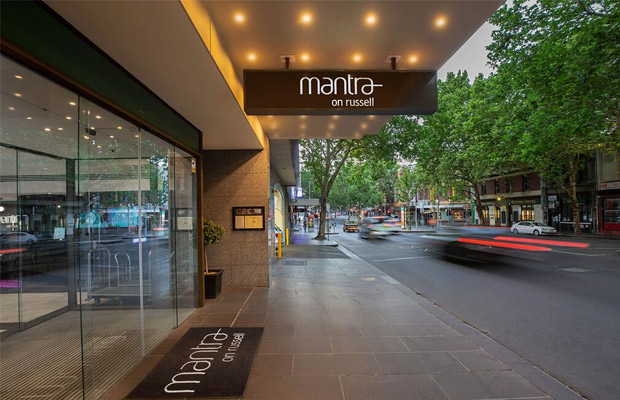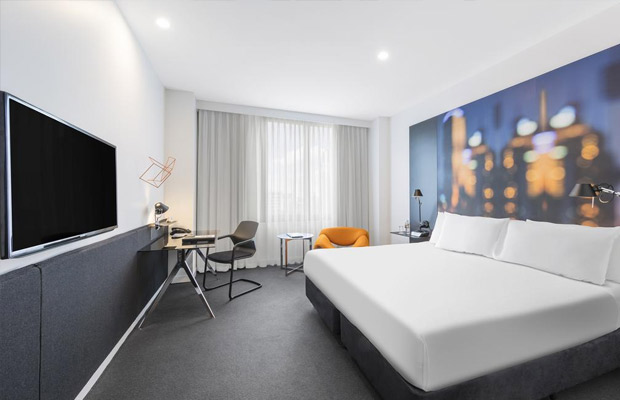Melbourne Cricket Ground
Melbourne Cricket Ground
Australia
Melbourne
Melbourne Travel Guide
Book Tour & Activities
Your tour in Melbourne.
Book your stay
Your hotel in Melbourne.
Overview
The Melbourne Cricket Ground, also known colloquially as "The G", is an Australian sports stadium located in Yarra Park, Melbourne, Victoria. Founded and managed by the Melbourne Cricket Club, it is the largest stadium in the Southern Hemisphere, the 11th largest globally, and the second largest cricket ground by capacity after Motera Stadium.
The MCG is within walking distance of the city centre and is served by Richmond and Jolimont railway stations, as well as the route 70 tram. It is adjacent to Melbourne Park and is part of the Melbourne Sports and Entertainment Precinct. Since it was built in 1853, the MCG has undergone numerous renovations. It served as the centrepiece stadium of the 1956 Summer Olympics, the 2006 Commonwealth Games and two Cricket World Cups: 1992 and 2015. Noted for its role in the development of international cricket, the MCG hosted both the first Test match and the first One Day International, played between Australia and England in 1877 and 1971 respectively.
Early history
Founded in November 1838 the Melbourne Cricket Club (MCC) selected the current MCG site in 1853 after previously playing at several grounds around Melbourne. The club's first game was against a military team at the Old Mint site, at the corner of William and Latrobe Streets. Burial Hill (now Flagstaff Gardens) became its home ground in January 1839, but the area was already set aside for Botanical Gardens and the club was moved on in October 1846, to an area on the south bank of the Yarra about where the Herald and Weekly Times building is today. The area was subject to flooding, forcing the club to move again, this time to a ground in South Melbourne.
It was not long before the club was forced out again, this time because of the expansion of the railway. The South Melbourne ground was in the path of Victoria's first steam railway line from Melbourne to Sandridge (now Port Melbourne). Governor La Trobe offered the MCC a choice of three sites; an area adjacent to the existing ground, a site at the junction of Flinders and Spring Streets or a ten-acre (about 4 hectares) section of the Government Paddock at Richmond next to Richmond Park.
This last option, which is now Yarra Park, had been used by Aborigines until 1835. Between 1835 and the early 1860s it was known as the Government or Police Paddock and served as a large agistment area for the horses of the Mounted Police, Border Police and Native Police. The north-eastern section also housed the main barracks for the Mounted Police in the Port Phillip district. In 1850 it was part of a 200-acre (81 ha) stretch set aside for public recreation extending from Governor La Trobe's Jolimont Estate to the Yarra River. By 1853 it had become a busy promenade for Melbourne residents.
An MCC sub-committee chose the Richmond Park option because it was level enough for cricket but sloped enough to prevent inundation. That ground was located where the Richmond, or outer, end of the current MCG is now.
At the same time the Richmond Cricket Club was given occupancy rights to six acres (2.4 hectares) for another cricket ground on the eastern side of the Government Paddock.
In 1861, a board of trustees was appointed to be responsible for the ground. Over the first forty years, most of the trustees were appointed by the M.C.C., giving the cricket club relative autonomy over the use of the ground. In 1906, the state governments' Lands ministry appointed five new trustees, putting the government-appointed trustees in the majority; and the government has appointed and overseen the trust since. This gives the state government, via the trust, a level of control over the ground's use.
At the time of the land grant, the Government stipulated that the ground was to be used for cricket and cricket only. This condition technically remained until 1933[citation needed][9] when the Melbourne Cricket Ground Act 1933 widened its allowable uses. The 1933 act has been replaced by separate acts in 1989 and 2009.
In 1863 a corridor of land running diagonally across Yarra Park was granted to the Hobson's Bay Railway and divided Yarra Park from the river. The Mounted Police barracks were operational until the 1880s when it was subdivided into the current residential precinct bordered by Vale Street. The area closest to the river was also developed for sporting purposes in later years including Olympic venues in 1956.
Video Travel Inspiration
See Melbourne Cricket Ground on Map
Most Popular Cities

Siem Reap
Cambodia
Ho Chi Minh City
Vietnam
Beijing
China
Paris
France
London
United Kingdom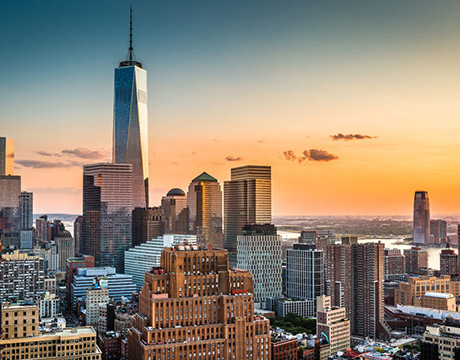
New York
USA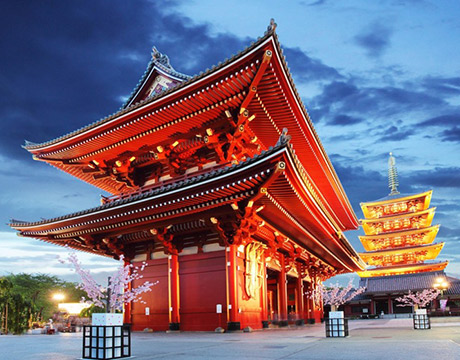
Tokyo
Japan
Bangkok
Thailand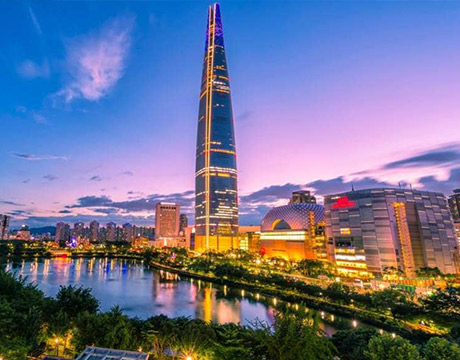
Seoul
South Korea
Vientiane
Laos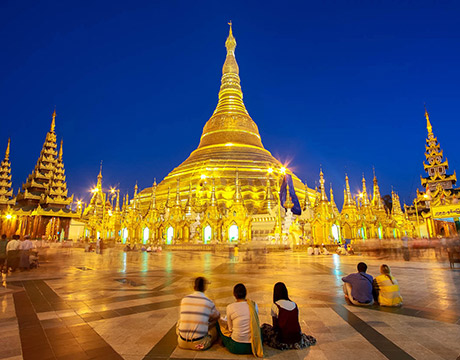
Yangon
Myanmar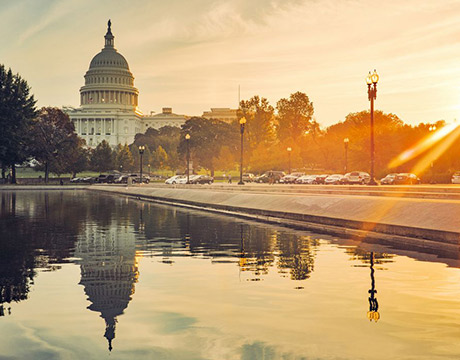
Washington DC
USA
Los Angeles
USA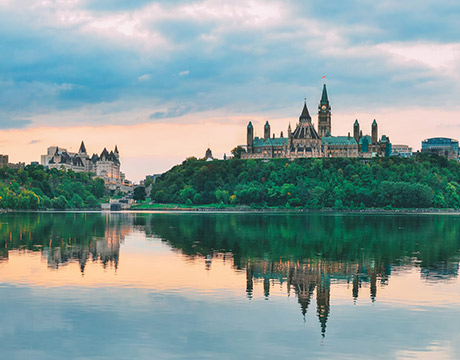
Ottawa
Canada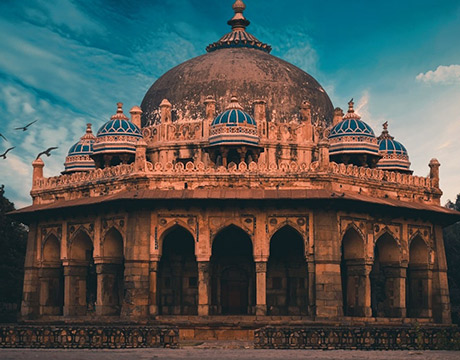
New Delhi
India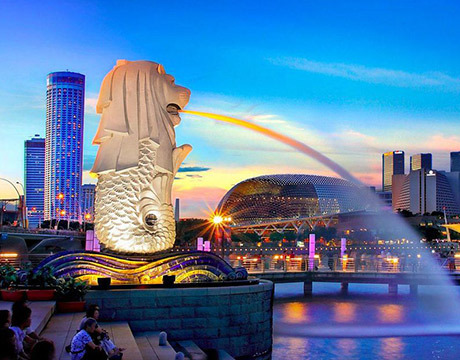
Singapore
Singapore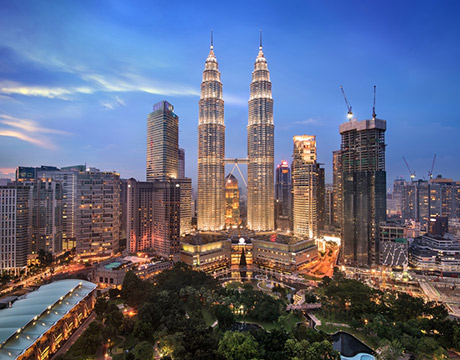
Kuala Lumpur
Malaysia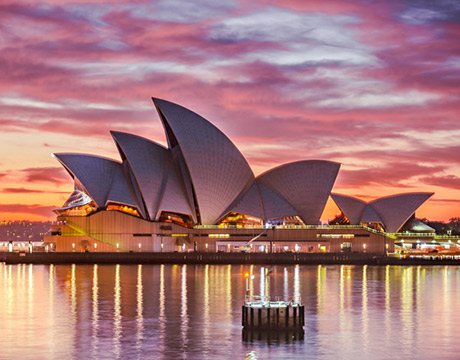
 English
English French
French Khmer
Khmer Thai
Thai Vietnamese
Vietnamese Chinese
Chinese Korean
Korean German
German Japanese
Japanese Italian
Italian Russian
Russian Spanish
Spanish Dutch
Dutch Indonesian
Indonesian Malay
Malay











